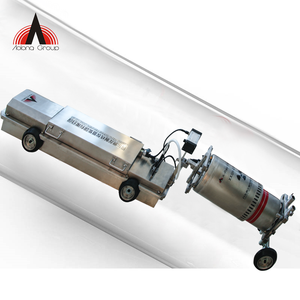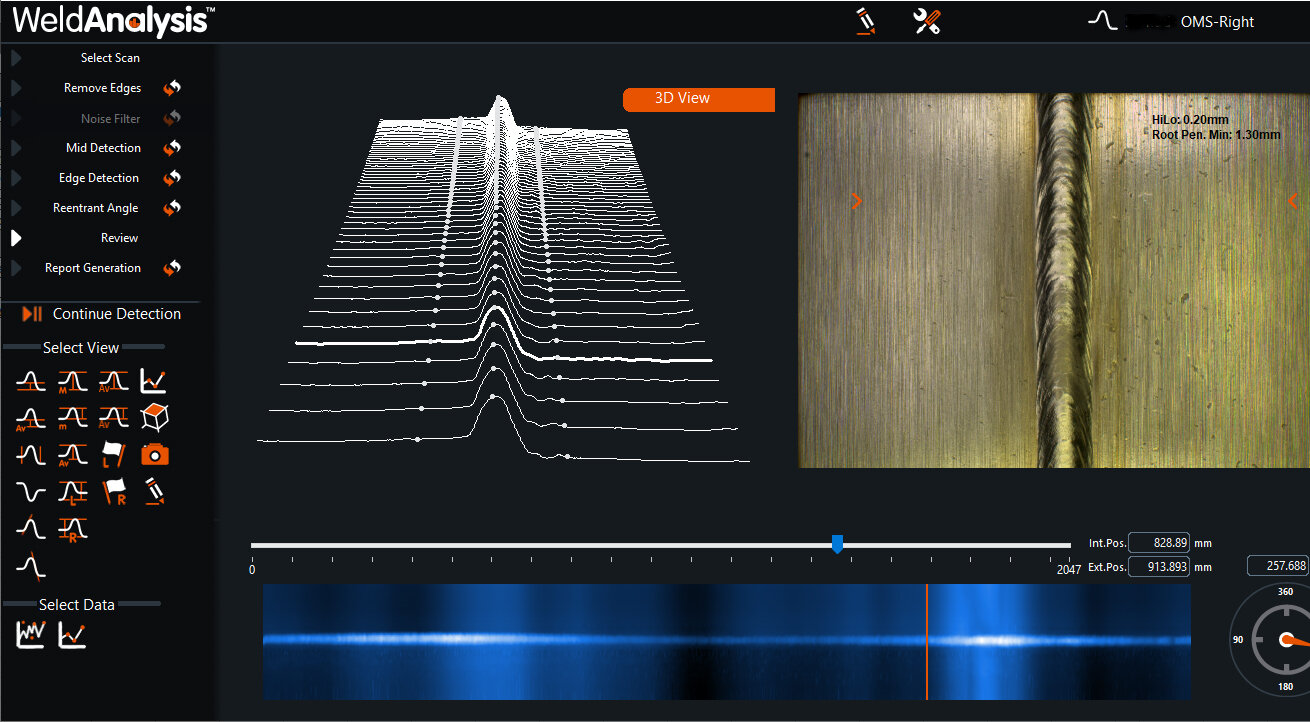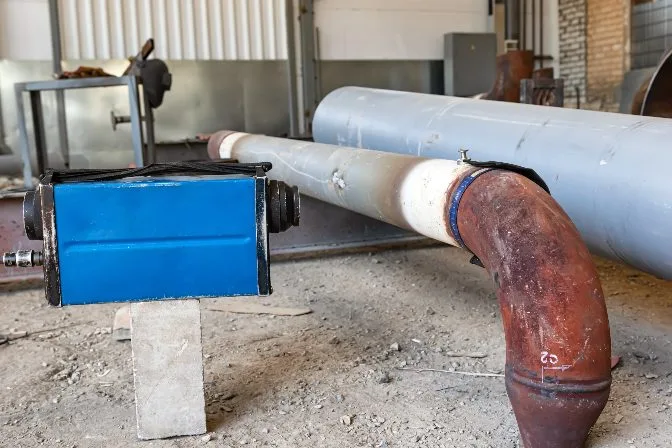Comprehensive Overview to Pipe Welding Evaluation: Making Sure Honesty and Safety in Pipeline Building And Construction and Maintenance
The honesty and security of pipes are critical in today's framework landscape, underscoring the important role of welding inspection in pipeline building and upkeep. Pipeline Welding Inspection. The complexities involved in welding assessment raise relevant inquiries regarding industry requirements and the progressing innovations that may redefine these practices.

Significance of Welding Evaluation
Welding evaluation plays a crucial role in making certain the integrity and safety and security of pipe systems. It offers as a fundamental process that confirms the top quality and integrity of welded joints, which are typically the most prone points in pipeline construction. Via systematic examination, examiners can recognize potential flaws such as cracks, porosity, and insufficient combination, which may endanger the structural integrity of the pipeline.
The significance of welding examination expands past plain compliance with industry requirements; it additionally safeguards public health and the environment. Thorough examinations can boost the long life of pipeline systems, lowering the need for costly fixings and downtime.
Along with guaranteeing security and conformity, welding inspection promotes a society of quality control within companies. By focusing on inspection throughout the welding procedure, firms can build a credibility for reliability and quality, ultimately resulting in raised client confidence and organization possibilities (Pipeline Welding Inspection). Thus, the value of welding evaluation can not be overstated in the context of pipeline building and upkeep
Trick Welding Procedures
Numerous welding procedures are employed in pipeline construction, each with its very own advantages and applications. Among the most widely made use of techniques are Protected Metal Arc Welding (SMAW), Gas Tungsten Arc Welding (GTAW), and Gas Metal Arc Welding (GMAW) SMAW is preferred for its versatility and capability to perform well in various environmental conditions, making it suitable for field applications.
GTAW, usually referred to as Tungsten Inert Gas (TIG) welding, is identified for its ability to generate top notch welds with outstanding control over warm input, making it optimal for thin-walled pipelines and stainless steel materials. GMAW, or Steel Inert Gas (MIG) welding, offers high deposition rates and is efficient for large projects, commonly employed in the manufacture of pipelines in regulated settings.
In Addition, Submerged Arc Welding (SAW) is utilized for its deep penetration and high productivity, specifically in the building and construction of large-diameter pipes. Each of these processes contributes to the overall stability and safety of pipe building and constructions, enabling welders to select one of the most ideal method based on material type, job needs, and environmental conditions. Comprehending these vital welding procedures is essential for efficient pipe welding examination.
Typical Issues and Their Effect

Porosity, identified by tiny gas pockets trapped within the weld, deteriorates the material and can bring about leaks. Cracks, which might occur as a result of thermal tensions or inappropriate air conditioning, can result and propagate in architectural failure under pressure. Damaging, where the base metal is eroded along the weld grain, decreases the effective cross-section of the pipeline, raising the danger of fracture.
Insufficient blend takes place when the weld metal does not properly bond with the base metal, resulting in weak areas that may fall short under tension. Slag inclusion, the entrapment of non-metallic product within the weld, can also weaken the joint's integrity. Recognizing and resolving these defects early in the construction procedure is vital to making certain the long-term dependability and safety and security of pipeline systems, consequently guarding both the atmosphere and the framework.
Examination Methods and Devices

Visual examination is the initial line of defense, permitting assessors to recognize surface abnormalities, misalignment, or other visible defects. Ultrasonic screening employs high-frequency acoustic waves to discover internal flaws, supplying precise depth measurements and identifying defects without harming the weld. Radiographic screening makes use of X-rays or gamma rays to generate photos of the weld, making it possible for the identification of internal gaps, splits, or incorporations.
Magnetic fragment screening is specifically reliable for identifying surface area and near-surface stoppages in ferromagnetic products. This strategy includes applying a magnetic area and fine iron bits to the weld, revealing issues with the accumulation of bits at defect sites.
In enhancement to these methods, specialized devices such as automated ultrasonic screening equipment and electronic radiography systems improve assessment accuracy and effectiveness, making sure a detailed examination of pipeline welds throughout building and construction and maintenance.
Finest Practices for Compliance
Abiding by ideal techniques for compliance in pipeline welding examination is vital for making sure the stability and safety and security of the facilities. Organizations should establish a thorough high quality administration system that straightens with industry requirements such as ASME, he said API, and AWS. This consists of creating detailed welding procedures that define the products, strategies, and qualifications required for welders.
Regular training and qualification of examination personnel are vital to maintain high expertise levels. Assessors need to be familiar with different non-destructive screening (NDT) methods, consisting of ultrasonic screening, radiographic testing, and aesthetic evaluation, to effectively identify potential problems.
Documentation plays a crucial role in compliance; keeping precise records of inspections, weld procedures, and employees credentials aids to make sure traceability and responsibility. Arranged audits and testimonials of welding methods should be conducted to recognize areas for improvement and make sure adherence to established protocols.

Conclusion
In final thought, the execution of extensive welding assessment methods is critical for ensuring the integrity and safety and security of pipe building and construction and maintenance. By identifying defects and utilizing innovative examination techniques, companies can significantly enhance the quality of welded joints. Sticking to ideal practices fosters compliance with market requirements, inevitably safeguarding public wellness and avoiding environmental risks. Continual renovation in evaluation procedures will add to the long life and integrity of pipeline systems, highlighting the essential role of welding assessment in the industry.
The honesty and safety of pipes are extremely important in today's framework landscape, highlighting the crucial duty of welding assessment in pipe construction and maintenance. Comprehending these key welding processes is vital for effective pipe welding inspection.
Adhering to ideal methods for conformity in pipe welding examination is essential for guaranteeing the honesty and security of the framework.In conclusion, the application find out of extensive welding visit here inspection methods is paramount for ensuring the integrity and safety and security of pipe building and maintenance. Continuous enhancement in evaluation procedures will certainly add to the durability and reliability of pipe systems, underscoring the crucial role of welding inspection in the market.